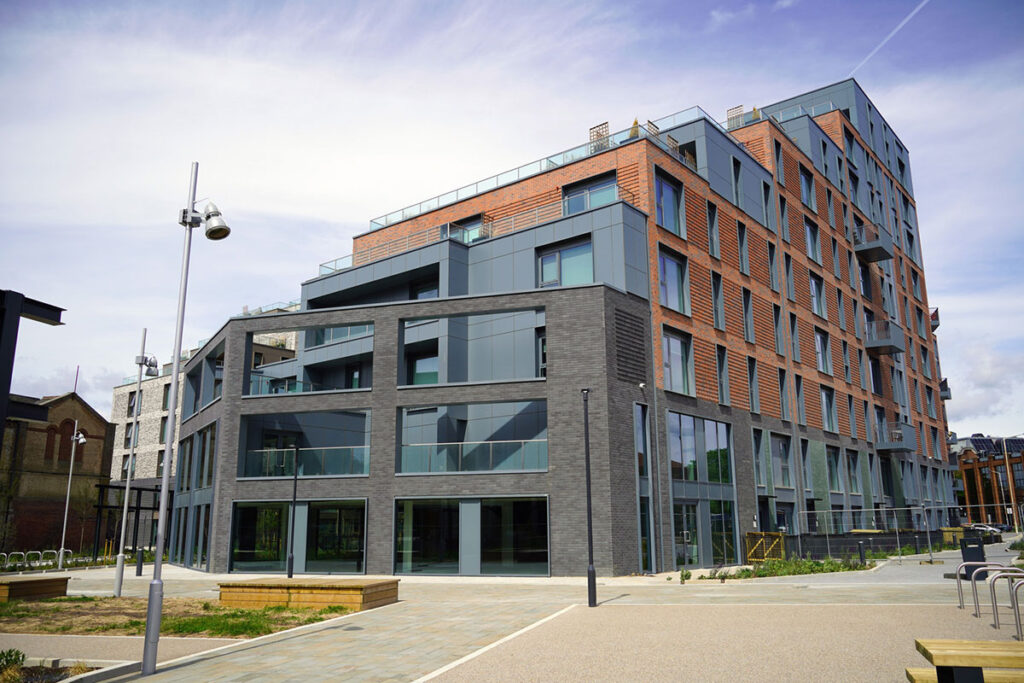Bijan Fard discusses why, in addition to the correct specification, installation and commissioning, the servicing and planned preventative maintenance of a smoke ventilation system is vital to its effectiveness, longevity and compliance.
Fire safety measures, including smoke control and ventilation systems, are vitally important in the event of a fire to ensure the safe evacuation of building occupants and easy access for the fire service. The crucial role that each element and system plays means that any failure or inefficiency could endanger both the lives of occupants and the building itself.
For this reason, it is important to make sure that the systems are designed, installed and commissioned correctly and in line with both the Building Regulations and fire safety standards. Engaging with expert specialist consultants and contractors early in the project will give you access to best practice advice, extensive experience and advanced design tools. This will help ensure that the most effective solution has been specified and installed, not only in terms of life safety but also to make the best use of space and budget.
Once the optimum solution has been designed, installed and commissioned in accordance with the Building Regulations it must be fully maintained throughout the life of the building. For non-residential buildings, the Regulatory Reform (Fire Safety) Order 2005 (or RRO) is one of the key pieces of legislation. The RRO states that organisations are responsible for providing the correct level of fire safety on their premises – defined in the building’s fire strategy. It also requires the appointment of a ‘responsible person’ who will carry out fire-risk assessments and make sure that all reasonable steps are taken to maximise safety. This includes ensuring that all fire safety systems and equipment are maintained and will operate as intended.
In addition to the serious risk to building occupants, a breach of these regulations can result in enforcement action being taken. This commonly includes prohibition notices, building closures and significant fines but can extend to prosecutions. In the most serious cases of non-compliance building owners and managers could face custodial prison sentences.
Due to their nature, fire safety and smoke ventilation systems are only rarely, if ever, activated – but this can mean they are easily overlooked. It can also be difficult to assess the condition of key components, and without regular checks, it can be impossible to know if the systems will function correctly when needed.
Besides the occasional failure of key components, building occupiers, onsite teams or sub-contractors can inadvertently affect the operation of fire safety systems. For example, repair work either internally or externally can result in them not working as intended, but in a way that may not be immediately apparent. This could be accidental damage to a smoke detector, the system wiring or even paint unintentionally applied to the sensor. Also, anything placed on the roof may interfere with the opening of rooftop vents if located incorrectly. Regular maintenance checks will highlight any and all of these issues.
Scheduled service and maintenance should be carried out twice a year and include a full check of each part of the system to confirm it performs in line with the original fire safety strategy. In addition to this, at least once every 12 months the detectors should be cleaned to remove any dirt or contamination. This will not only ensure it performs correctly during a fire but also reduce false alarms.
Furthermore, there are additional benefits for building owners to establishing a regular schedule. Planned preventative maintenance (PPM) can help building owners to manage budgets more effectively as well as reduce long term expenditure. While it can be tempting to cancel or delay service and maintenance work to reduce spending in the short term – especially where budgets are under pressure – this can prove to be more costly. Regular PPM will help make building managers aware of any issues and allow them to be addressed quickly to remove the need for expensive emergency repairs.
Fire and smoke control systems are often complex due to a range of factors, including the building’s physical characteristics and use, that will influence the specification of the system. The long-term effectiveness and compliance of the installed solution will depend on the quality of the design, installation, testing and commissioning. It also relies on regular comprehensive maintenance throughout its life. Where possible, it is beneficial to have this work carried out by the company that installed the system – it will have greater knowledge of the building and the products installed, as well as the history of repairs and replacements.
This is where specialist contractors that deliver an end-to-end service are invaluable. They provide a single, integrated team to oversee that element of the project from start to finish and offer a seamless transition from design to installation, to commissioning and finally to scheduled maintenance. The superior understanding of the project and easier communication means fewer potential disruptions during the build and simpler, more effective on-going maintenance work.
The vital role of fire safety measures in protecting the lives of occupants and the building itself means that it is not enough to get the design and installation right. The systems must be inspected regularly by a fire safety specialist to ensure that they are fully operational and compliant.
To find out how FDS can help with service and maintenance visit www.firedesignsolutions.com.




